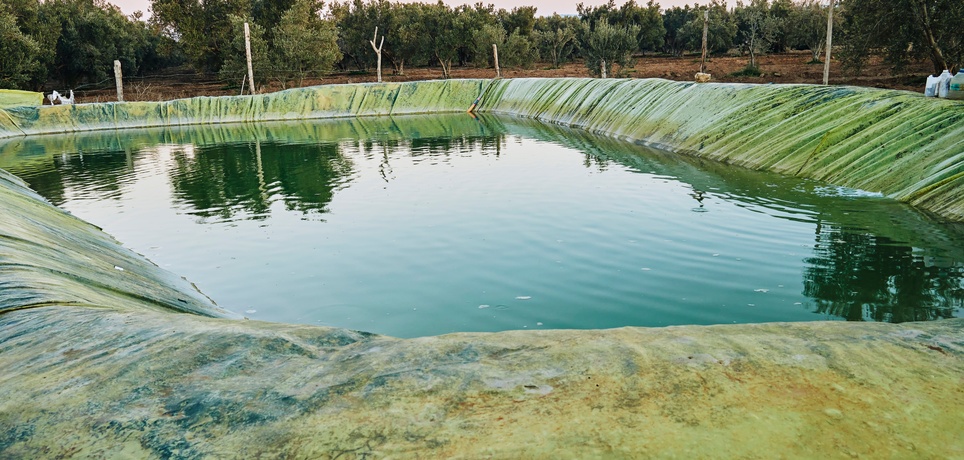Retention ponds must hold up under constant pressure, shifting weather, and long-term use. Durable liners achieve that goal, but performance always depends on maintenance.
Pond operators may miss signs of damage, erosion, or structural failure until issues become difficult to reverse. Regular checkups, smart edge design, and protective planning directly influence how long a liner lasts.
Inspecting for Damage and Wear
Visual checks along every exposed section can reveal early wear before it turns into a serious breach. Liner edges near slopes, banks, or equipment zones typically experience the most stress and degradation. Operators should walk the perimeter monthly and look for punctures, seam stretching, or areas where UV damage begins to fade or blister material.
Tracking damage by date and location creates helpful records for follow-up inspections and seasonal trends. Rips near the same corner each time may point to structural design flaws or recurring mechanical interference. One great maintenance tip for long-lasting retention pond liners is to build a regular inspection schedule that treats liner upkeep as essential system management.
Controlling Vegetation Growth Around Edges
Invasive plants do more than block access—they destroy liners by pushing roots through seams or underlayment. Cattails or willows quickly compromise retention pond infrastructure once their root systems spread along the edges. Installation of compacted soil barriers or gravel trenches stops many aggressive plants from breaching the border.
Root-related abrasion often causes unnoticed damage until pond performance starts to decline. Work crews should manage plant regrowth regularly by trimming soft weeds and removing root-heavy clusters before they cause problems. Vegetation control improves visibility, reduces damage, and supports longer liner performance.
Managing Overflow and Erosion
Uncontrolled overflow often causes more damage than internal water movement because external surges erode anchor points and shift buried liner edges. Install spillways or graded swales that redirect water away from edges during heavy rainfall or irrigation cycles. Anchoring the liner with perimeter trenches prevents it from lifting or bunching as ground saturation changes.
Downhill slopes demand reinforcement using rocks, compacted clay, or retention mesh to avoid washouts. One of the best maintenance tips for long-lasting retention pond liners is to plan for erosion control before liner installation. Preventing movement during extreme weather directly reduces liner stress and long-term risk.
Monitoring Water Chemistry and Contaminants
Testing chemical composition reveals whether external factors might degrade liner materials. Teams handling wastewater or agricultural runoff face high risks from fertilizers, acids, or industrial solvents. Operators should test pH levels and runoff composition monthly to evaluate risk exposure.
At Western Environmental Liner, we offer industrial pond liners and geomembrane liners that withstand harsh conditions. Clients across government, golf course, and construction sectors depend on our materials for long-term system integrity.
Planning for Repairs and Replacement
Liner degradation from water quality often starts slow but accelerates once protective properties break down. Smart operators create response plans before a liner fails. Keeping materials, patch kits, and replacement panels nearby allows maintenance to begin as soon as a tear gets spotted. Coordinating response protocols between contractors, engineers, and site managers prevents confusion during emergencies.
Repairs sometimes signal larger structural shifts requiring partial or full replacement. Replacing liners during dry seasons can prevent delays or complications with access and wildlife mitigation. Working with experienced suppliers reduces error margins and guarantees liner longevity.
High-performance systems rely on preparation. For heavy-duty liners that support real-world use, contact Western Environmental Liner today.


